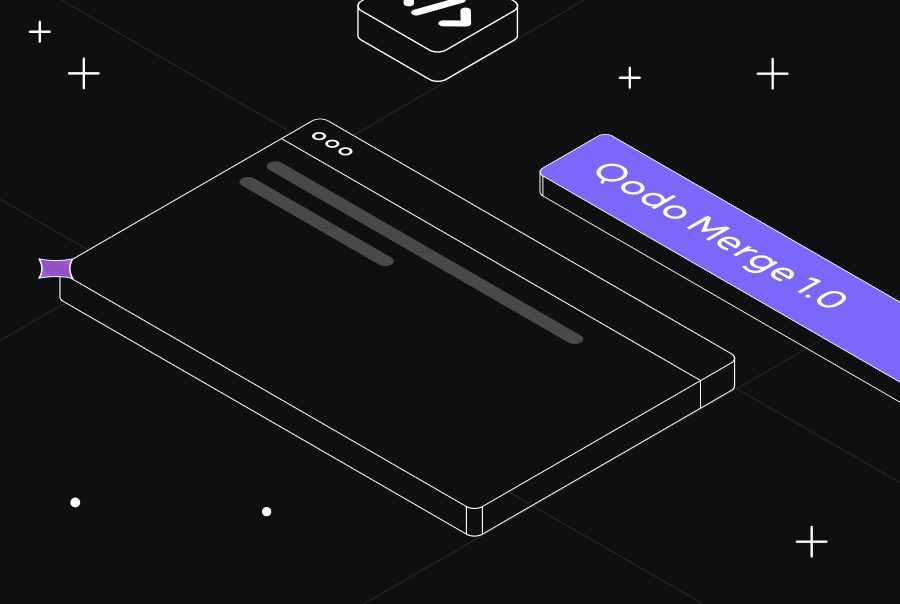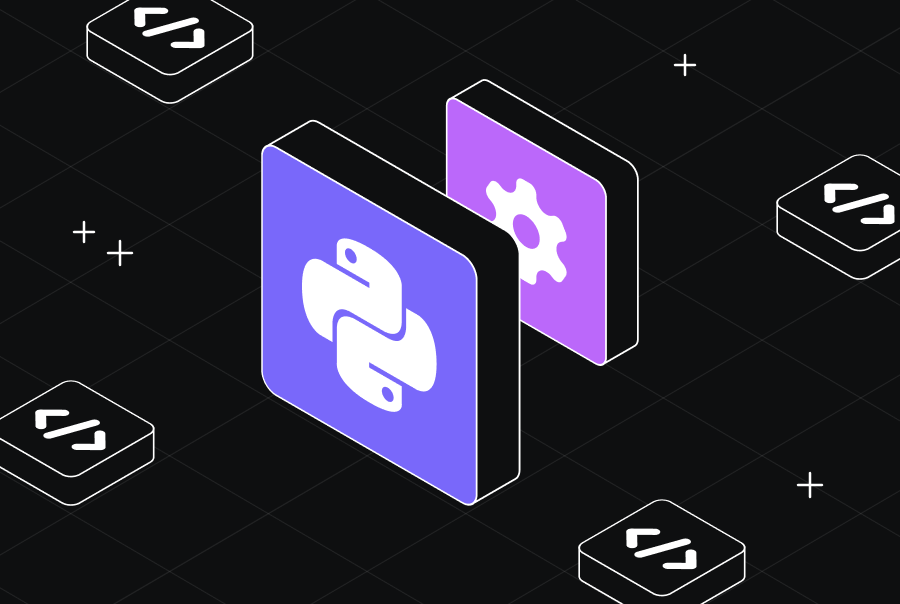How Code Quality Standards Drive Scalable and Secure Development


Code quality has steadily evolved from informal practices into formalized standards since software engineering’s inception in the late 1960s. Today, clear guidelines distinguish best practices from mandatory regulatory requirements, ensuring software scalability, safety, and security. This article illustrates these principles through practical coding examples, contrasting amateur and professional implementations. We’ll explore how automated metrics objectively assess code quality and discuss leveraging AI to refactor and enhance existing codebases. In industries with stringent regulations-such as finance, automotive, or healthcare-specialized AI agents are emerging to transform software efficiently, aligning it precisely with complex regulatory standards and requirements.
What are code quality standards?
The formalization of code quality standards dates back to the late 1960s, starting with the seminal works of Margaret H. Hamilton on the Apollo Guidance Computer, who introduced the term “software engineering” to bring legitimacy in the field of software, initially looked down upon by the more prestigious and higher-paid hardware engineers. In subsequent works by Dijkstra (Structured Programming, 1972), McConnell (Code Complete, 1991), and Martin (Clean Code, 2008), the expectations for guidelines and best practices were significantly raised, and industry leaders have been refining them ever since.
Are code quality standards just good practices, or are there regulatory aspects?
Most organizations geared toward consumer software products or services might face little regulatory pressure in their operations (with the exception of the notorious GDPR for organizations handling European citizens’ personal information). Suppose your organization operates in automotive, aerospace, aviation and defense, finance, banking, medical, or healthcare industries. In that case, you will face stricter quality standards and might even be liable if you can’t prove your compliance.
The following examples will clarify how code quality standards can be applied and measured and how parts of the process can be accelerated or offloaded to AI coding agents to free up valuable human resources.
Quick reference
Here’s a quick, incomplete list of standards and guidelines that range from suggestions to legal requirements:
| Name | Type | Application | Sector |
| Google’s style guides | Voluntary | Code readability and maintainability | Any |
| Airbnb’s style guides | Voluntary | Code readability and maintainability | Any |
| SOLID principles | Voluntary | Modularity, maintainability, extensibility | Any |
| Clean Code principles | Voluntary | Code readability and maintainability | Any |
| OWASP guidelines | Voluntary, could be mandated | Web application security | Security |
| ISO 25010 | Formal | Maintainability, reliability, efficiency, usability, security, and portability | Any |
| MISRA C | Formal | Safety | Aerospace, automotive |
| IEC 61508 | Formal | Safety | Electrical, electronic |
| ISO 26262 | Formal | Safety | Automotive |
| SOX | Regulatory | Operation transparency, transaction accuracy, reliability | Financial |
| PCI DSS | Regulatory | Fraud control, confidentiality | Financial |
| HIPAA | Regulatory | Confidentiality, security | Health |
| DO-178C | Regulatory | Safety | Aerospace, aviation |
Maintaining voluntary standards is the lowest common denominator for any organization that aims to be competitive and maintain that competitiveness as it scales. These best practices are also the aspect of code quality most often talked about, yet not the only ones.
It’s obvious that if an organization is active in a regulated sector, the compliance requirements can quickly mount, and the complexity of implementation can multiply.
Code quality metrics
When discussing code quality, we use language and context-agnostic terms to describe the software’s virtues. These terms have become synonymous with best practices, standards, and metrics. For example, in ISO25010, we can already see a formalization of those virtues (functional stability, efficiency, interoperability, reliability, usability, maintainability, flexibility, security, and safety).
To achieve higher adherence to these virtues, software engineers have devised metrics that can be deduced from the code and acted upon. Here’s a short list of some metrics that can be deduced either statically from the code or by monitoring its execution and performance for extended periods, ideally where edge cases have appeared at least once.
| Metric | What it Measures | Quality Virtues Addressed | Recommended Range |
| Cyclomatic Complexity | Complexity of logic paths within the code | Maintainability, reliability, testability | Typically ≤ 10 |
| Maintainability Index | Ease of modifying and maintaining the codebase | Maintainability, reusability | Ideally > 65/100 |
| Code Coverage (%) | Portion of code exercised by automated tests | Reliability, testability | Typically ≥ 80% |
| Code Duplication (%) | Percentage of identical or similar code fragments | Maintainability, efficiency, scalability | < 5% duplication |
| Depth of Inheritance | The number of inheritance layers in object-oriented code | Maintainability, understandability | Typically < 5 |
| Code Churn | Frequency at which code sections are rewritten or modified | Maintainability, stability, reliability | Lower values indicate stability. |
| Maintainability Index | Ease of future code modification | Maintainability, scalability, portability | Ideally > 65 out of 100 |
| Test Coverage (%) | Percentage of codebase tested by automated tests | Reliability, security, testability | Typically ≥ 80% |
| Lost Time Incident Rate (LTIR) | Frequency of software-related incidents resulting in lost work time | Safety | Lower values indicate better safety performance. |
| Near Miss Rate (NMR) | Frequency of incidents that could have resulted in escalation but didn’t | Safety | Tracking near misses helps in proactive safety measures. |
| Fraud Rate | Percentage of fraudulent transactions relative to total transactions | Fraud control, security | Lower values indicate effective fraud prevention. |
| False Positive Rate | Percentage of legitimate transactions incorrectly flagged as fraudulent | Fraud control, usability | Lower values indicate better fraud detection accuracy. |
| Precision in Fraud Detection | Proportion of correctly identified fraud cases out of all flagged cases | Fraud control, security | Higher precision indicates accurate fraud detection. |
| Recall in Fraud Detection | Proportion of actual fraud cases correctly identified by the system | Fraud control, security | Higher recall indicates effective fraud detection. |
| Common Vulnerability Scoring System (CVSS) | Standardized scoring of software vulnerabilities | Security | Scores range from 0 (low severity) to 10 (high severity). |
| Patch Management Coverage | Percentage of known vulnerabilities with applied patches | Security, maintainability | Higher coverage indicates better security posture. |
| Security Incident Response Time | Average time taken to respond to security incidents | Security, reliability | Shorter response times indicate effective incident management. |
As a product owner or team leader responsible for your organization’s codebase, you’ll agree that many boxes need to be checked. Consequently, the cognitive load to track code quality and the work required to implement it can quickly grow and become a hurdle to developing new features and maintaining a competitive advantage. That’s also one of the reasons that historically, aerospace, automotive, and medical companies have been slow to innovate.
How can I ensure my software can scale?
Crafting robust digital solutions offers advantages that extend far beyond mere compliance. When demand surges, or user engagement spikes, the foresight of adhering to development best practices truly shines. Neglecting these principles often results in future hurdles that can impede progress and innovation.
Let’s take a look into the benefits of adopting these practices:
Improved clarity and maintainability: Consistent and unified naming conventions, breaking down complex systems into manageable, self-contained modules, and clear interfaces make software easier to understand and modify. It follows that teams will be quick to extend or adapt systems without extensive rework.
Reduced technical debt: Following best practices prevents the accumulation of technical debt. Poorly written code will be costly to maintain or enhance, so clear guidelines mean developers will spend less time understanding and fixing and more time innovating to reach the next significant milestone.
Testability: Interfaces and modularity enable automated unit, integration, and load testing. When scaling up your software, comprehensive testing reduces risk and ensures stability.
Modularity and decoupling: A key part of the SOLID principles is decoupling, which involves creating distinct, self-contained units of functionality. This strategy allows for independent scale and modification of various system components without disrupting the entire structure of a system.
Automation and measurement: Many software quality metrics (especially those directly extracted from code) can be automatically measured. Monitoring those metrics is a good practice in itself and can contribute to scalability by identifying issues early.
Consistency and easier onboarding: Consistent style and well-documented standards will allow teams to scale more easily since onboarding becomes easier and faster.
Tooling
Theory aside, a lot of work has to go into maintaining robust software systems. Various tools need to be integrated into your organization’s workflows to monitor deployments and analyze code throughout the software development lifecycle. Start with simple code analysis tools that can scan code for potential issues and identify problems early and code formatters that automatically format your code to predefined styles. Of course, version control systems that we use daily help with consistency and tracking, while IDEs provide code linting, refactoring, and formatting.
Qodo, formerly known as Codium, is a quality-first generative AI coding platform that assists developers in writing, testing, and reviewing code directly within their IDEs and Git workflows. It offers automated code reviews, contextual suggestions, and comprehensive test generation, thereby enhancing code quality and reliability.
CI/CD pipelines offer an automation layer to build, test, and deploy code with quality check guardrails. As part of these flows, developers integrate testing frameworks and perform various tests to ensure code reliability and catch bugs early.
In CI/CD pipelines, platforms like Codacy or Qodo Merge can automate code reviews, providing direct evaluations of static code metrics as well as insights and recommendations for improvement. Those tools can be further configured for an enterprise’s specific standards and unique domain constraints.
Lastly, AI-powered tools such as Qodo Gen or GitHub Copilot provide intelligent, overarching code suggestions, test suggestions, and automated code reviews. Those tools can be instructed relatively easily to follow particular guidelines, compared to configuring static code analyzers.
FAQ
What are code quality standards?
Code quality standards are rules that serve as a compass for developers who aim to build robust and scalable software. At their core, these guidelines encompass a wide array of best practices that touch every stage of the development lifecycle, from the initial blueprint phase to long-term maintenance. These standards shape how software is written and constructed for high quality, ensuring consistency, readability, security, and scalability.
What tools help maintain code quality standards?
Static code analyzers, AI-driven tools, and cluster monitoring tools can help align codebases for compliance, reduce technical debt, and provide helpful insight into the code’s structure, style, and performance.
How can scalable development benefit from consistent coding practices?
Adhering to good coding practices, especially in a microservices context, allows easier scaling of independent components, easier scaling of teams by simplifying onboarding, and faster development of new features.
Conclusion
Adhering to clear code quality standards is essential for staying ahead of the game, building stuff that won’t fall apart when we scale, and ensuring compliance with industry and regulatory standards. There are a ton of tools out there that’ll do the heavy lifting for you and can help reduce the cognitive load associated with staying compliant or purely with committing excellent quality code. Embracing good coding practices is a no-brainer for every organization, and adopting the right tools in your sandbox can help your team achieve more with less.



